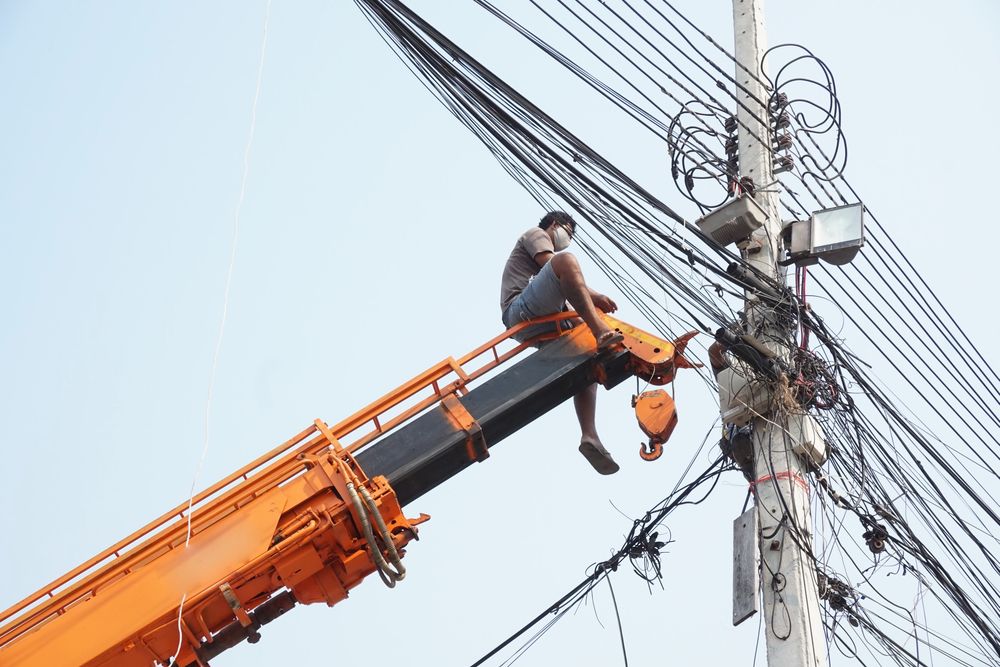As a history lover, I’ve often been fascinated with
workplace and industrial disasters. It’s always been surprising to me that
standard safety measures —like unlocked exit doors, fire escapes, protective
coverings, or using harnesses to prevent falls— were not always standard.
The sad truth is that it took 14,000+
workplace fatalities and over 2.5 million debilitating injuries in
1970 to get American lawmakers to mandate safety standards. Even more
disturbing is that we don’t really know how unsafe workplaces were before that
— because there were no national requirements for reporting injuries, and no
consistent standards for what should be reported.OSHA stands for the Occupational Safety and Health
Administration and was signed into law by Richard Nixon in 1970. Its
purpose was to ensure that employers are providing a safe place for employees so
that employees get home safely after their shift. Before this, workplace
injuries and deaths were seen as “part of the job” or considered an operating
cost.
Before OSHA, workplace injuries and deaths were often
accepted as just “part of the job” — or treated as an unavoidable cost of doing
business. While some states began introducing safety regulations as early as
the 1940s, there were no national standards, and there were no consequences for
states or employers who ignored them.
OSHA changed all that by creating nationwide safety
standards backed by enforcement through inspections and fines. Just as
importantly, OSHA gave workers a place to report unsafe working conditions — without
fear of retaliation.
What does OSHA actually do
to keep you safe?
OSHA regulations are designed to keep workplaces safe across
all industries, with additional rules tailored to high-risk sectors like
construction, manufacturing, and healthcare.
Employers are required to:
- Train
employees properly before they use equipment
- Provide
appropriate supervision
- Maintain
safety practices at all times — not just when someone’s watching
OSHA also conducts unannounced inspections to make
sure these safety practices are consistently followed and not just performed
for show. These inspections help prevent incidents caused by poor habits,
neglect, or oversight.
What
Happens When Employers Don’t Comply?
When companies fail to meet OSHA standards, they can face
significant penalties. While there’s some flexibility based on severity and
intent, the legal limits are clear: Up to $16,131 per violation and Up
to $161,323 for willful or repeated violations.
Yes, OSHA rules can sometimes add extra steps or paperwork —
but those steps are in place to protect you if something goes wrong. They
ensure that you have recourse, records, and rights when the unexpected happens.
Bottom Line:
OSHA regulations might make it a little harder, or take a
little longer, to complete a job, but they exist to keep you safe. OSHA puts
the responsibility where it belongs: on the employer —so that they care as much
about your safety as you do.

